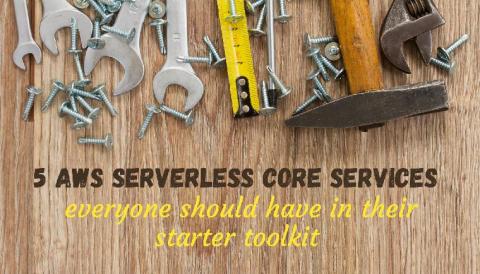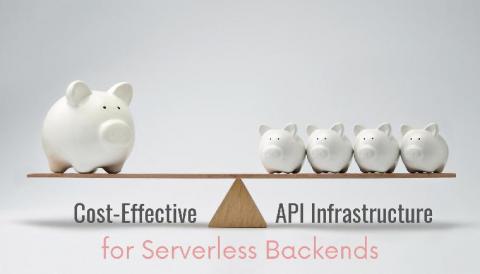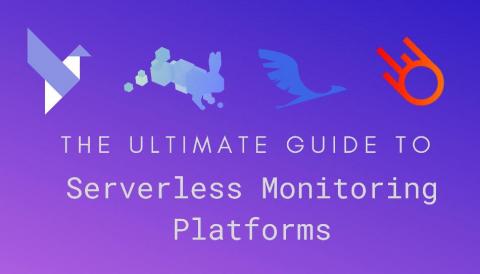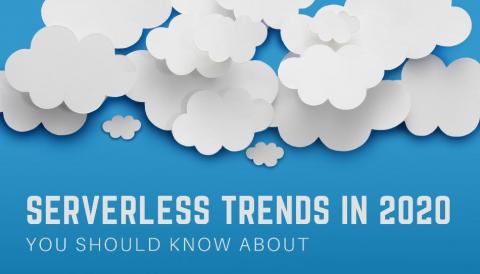Serverless Case Study - Coca-Cola
A while back I talked about how big companies have started using serverless in production and how this is a clear sign that we will see more implementation of the serverless infrastructure in the near future. I’d like to take some time today and talk about one of the companies that are using serverless in production: Coca-cola.











